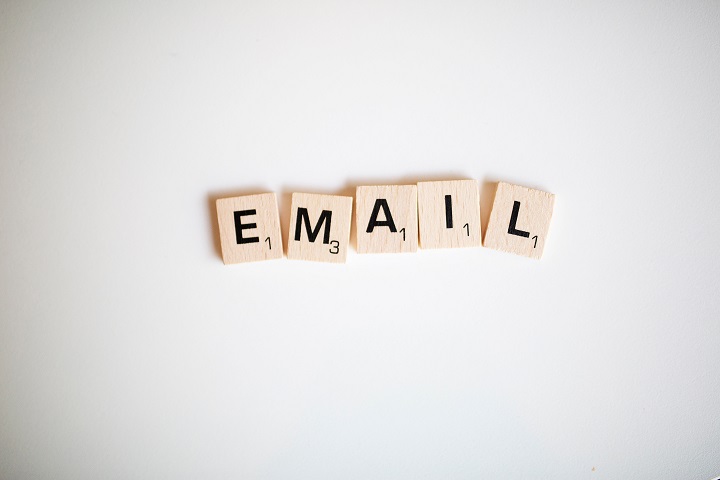Email marketing can be a great way to acquire customers. It’s cheap, you can reach a large audience, and it’s easy to track how well your campaigns are doing.
But there’s a lot more to email marketing than just sending out a blast to your list. To get the most out of your email campaigns, you need to plan them carefully and use the right techniques.
In this guide, we will teach you everything you need to know about email marketing for customer acquisition. Whether you’re just getting started with email marketing or you want to improve your existing campaigns, this guide has something for you!
Why Use Email Marketing for Customer Acquisition?
There are many reasons to use email marketing for customer acquisition. Email is one of the most affordable marketing channels available, and it’s easy to scale up your campaigns as your list grows. It also has some of the highest return on investment (ROI) rates.
In fact, according to the Direct Mail Association, email marketing generates returns that are 35% higher than direct mail and telemarketing ROIs. Also, 66% of consumers have purchased as a result of an email marketing message.
You can segment your list to target specific groups of people, which ensures that your messages are relevant to each recipient. In addition, you can see how many people opened your email, clicked on your links, and unsubscribed from your list. This helps you to fine-tune your campaigns and make them more effective over time.
Email marketing can also help you raise brand awareness and stay on the mind of your audience, even if you aren’t attempting to sell right away.
8 Tips to Use Email Marketing for Customer Acquisition
Now that we’ve covered the basics, let’s take a look at some specific tips you can use to make your email marketing campaigns more effective.
1. Target the Right Audience
The first step to any successful email marketing campaign is to make sure you’re targeting the right people. The best way to do this is to segment your list so that you’re only sending emails to people who are likely to be interested in your product or service. For example, if you’re a B2B company, you might want to segment your list by job title, industry, or company size. If you’re a B2C company, you might want to segment your list by age, location, or interests.
2. Create an Opt-In Form
The next step is to create an opt-in form so people can sign up for your email list. This can be a simple form on your website or a more elaborate sign-up process on an email marketing platform like Mailchimp, Sender, or Hubspot.
3. Write Great Content
Once you have a list of subscribers, it’s time to start crafting your email content. Remember that every email should have a purpose, so don’t just write for the sake of writing. Every email should have a specific goal, whether it’s to promote a product, drive traffic to your website, or simply engage with your audience.
4. Use Images and Graphics
Images and graphics can help to break up your text and make your emails more visually appealing. Just be sure to use images that are relevant to your content and that have a high resolution, so they don’t look blurry when they’re displayed in the email.
5. Use a Strong Call-to-Action
Every email should have a strong call to action (CTA), so recipients know what you want them to do next. Whether you’re promoting a sale, asking people to sign up for your newsletter, or simply inviting them to learn more about your product, make sure your CTA is clear and easy to follow.
6. Timing Is Everything
When it comes to email marketing, timing is everything. The best time to send an email is typically on a weekday during normal business hours. That said, it’s important to test different times and days to see what works best for your audience.
7. Test, Test, Test
Before you launch your email marketing campaign, be sure to test everything from your subject line to your CTA to ensure everything is working as it should. You can use an email marketing platform like Mailchimp or Constant Contact to send test emails to a small group of people before you launch your campaign to the masses.
8. Measure Your Results
Finally, once you’ve launched your email marketing campaign, it’s important to measure your results so you can see what’s working and what’s not. Mailchimp offers detailed reports that tell you how many people opened your email, clicked on your links, and unsubscribed from your list. This helps you to fine-tune your campaigns and make them more effective over time.
What NOT to Do When Using Email Marketing for Customer Acquisition
Email marketing can be an effective tool for customer acquisition, but only if it’s used correctly. There are a couple things you should definitely avoid.
For one, you don’t want to bombard your list with too many emails, or they’ll quickly get overwhelmed and unsubscribe. Stick to a consistent email schedule so people know when to expect your emails and can easily manage them.
Also, your subject line is one of the most important parts of your email, so don’t neglect it! Make sure your subject lines are clear and concise and make use of strong keywords to increase the chances of your email being opened.
By avoiding these common mistakes, you can set yourself up for success with your email marketing campaign and start acquiring new customers in no time.
Contact North American Media for a Successful Customer Acquisition Campaign
At North American Media, we have years of experience helping businesses create successful email marketing campaigns that generate results. We can help you to define your goals, target your audience, create engaging content, and measure your results so you can see what’s working and what’s not. Contact us today to learn more about how we can help you to achieve success with your email marketing campaign.
- Crafting an Effective Follow-Up Strategy After Your Direct Mail Campaign - July 22, 2024
- Boost Website Engagement with Interactive Direct Mail Elements - June 14, 2024
- How to Write Powerful Headlines for Direct Mail Campaigns - May 17, 2024

